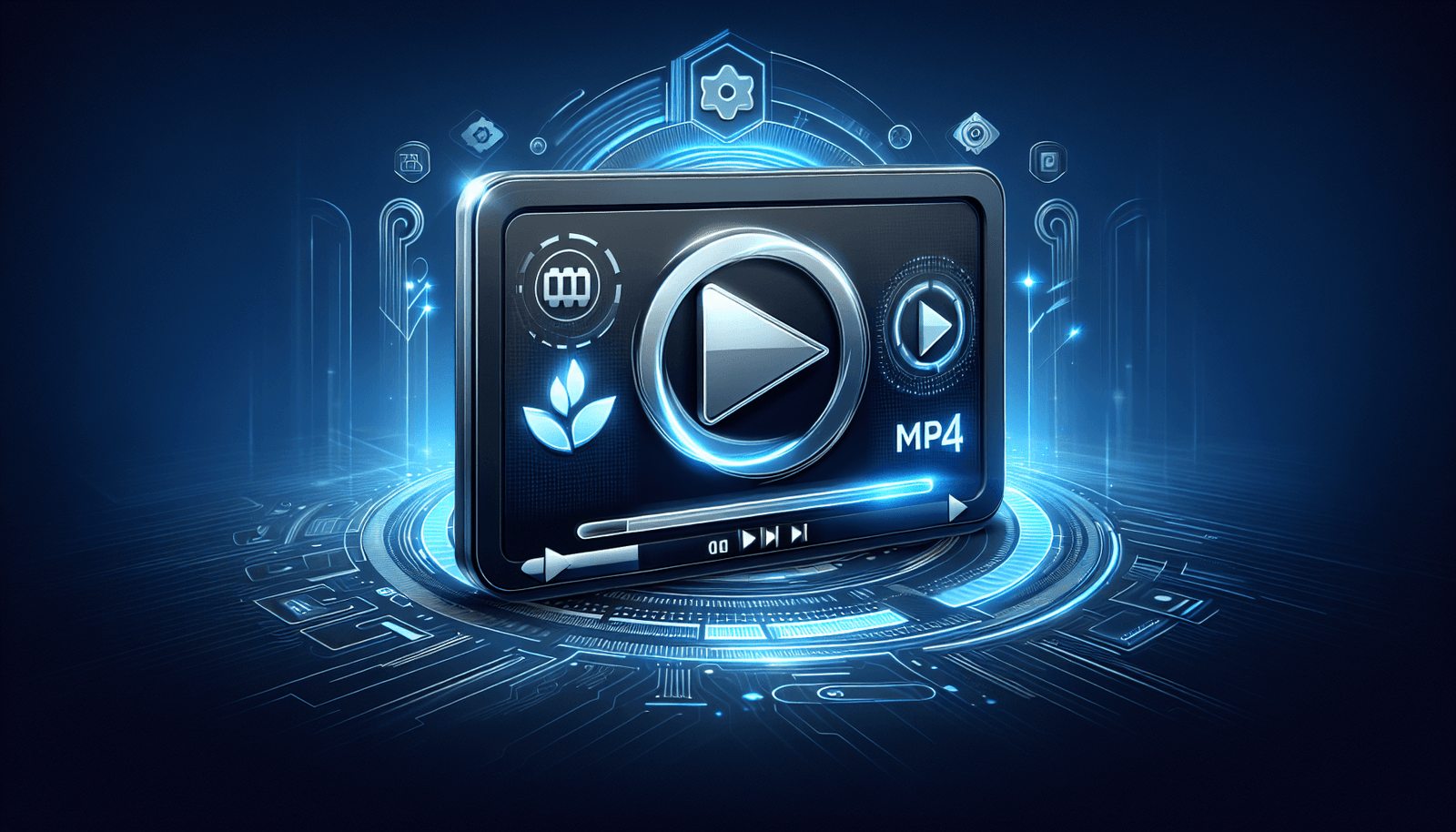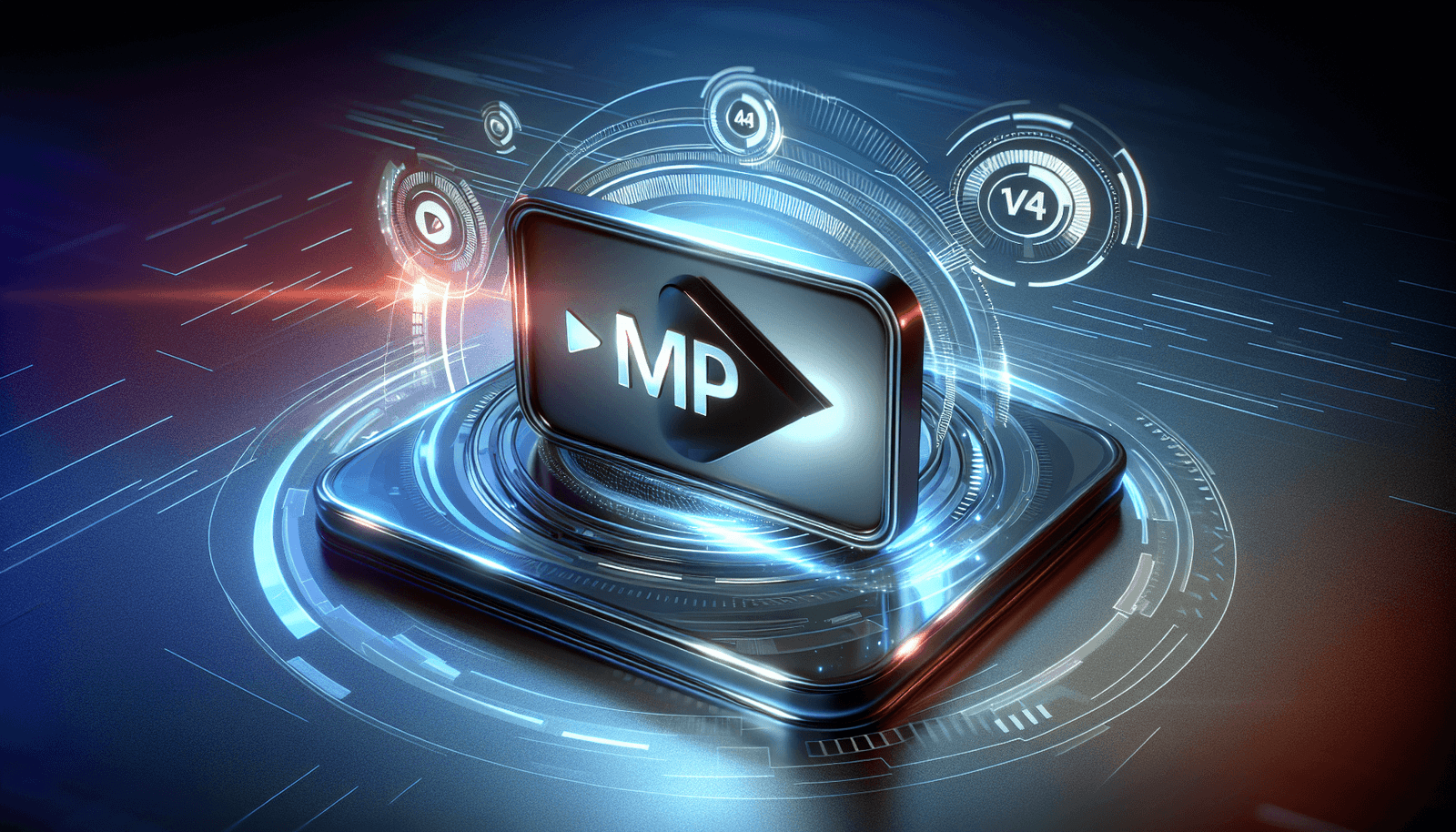Have you ever tried to convert a webinar into an easily accessible format like MP4, only to be puzzled by the conversion settings? Understanding how to make the best use of EverWebinar’s MP4 conversion settings can significantly enhance your webinar presentation, making it more engaging and widely shareable. In this guide, I’ll walk you through the steps, tips, and settings necessary for optimal MP4 conversion so that your webinars can reach their fullest potential.

Understanding EverWebinar and Its Purpose
EverWebinar, a favored tool by many marketers and educators, serves as a reliable platform for hosting webinars with ease. It offers features for scheduling, running, and automating webinars, catering to the needs of diverse audiences. As you look to share your valuable content more broadly, understanding MP4 conversion becomes essential.
What is EverWebinar?
EverWebinar is an automated webinar platform that allows you to create webinars, host live ones, and automate their playback for future audiences. With its user-friendly interface and automation capabilities, you can focus more on creating great content, rather than the technical aspects of hosting a webinar. It’s an excellent tool for ensuring that your message gets across whether you’re teaching, selling, or training.
Why Convert to MP4?
Converting your webinars to MP4 is crucial for several reasons. Firstly, MP4 is a universally accepted file format known for its compatibility across devices and platforms. Secondly, converting to MP4 allows for easier sharing, storage, and distribution. Finally, this format maintains high-quality audio and video, ensuring your content is as impactful as intended.
Preparing for MP4 Conversion
Before diving into the actual conversion process, preparing adequately can save you a lot of time and stress. This involves ensuring your webinar is in the best possible shape and setting the stage for a smooth conversion process.
Quality of Original Content
To get the best results after conversion, start with high-quality original content. This includes clear audio, high-resolution video, and well-structured presentations. The quality of your original webinar will directly affect the quality of your MP4 output. Make sure your visuals are crisp and your audio is clear before you even think about pressing the record button.
Understanding Your Audience
Consider who will watch your MP4 versions. Different audiences have varying needs; some may prefer higher resolution for clearer visuals, while others might prioritize faster loading times with smaller file sizes. Understanding your audience helps you determine the necessary quality settings.

EverWebinar MP4 Conversion Settings
Navigating conversion settings can be confusing, but it’s crucial to choose the right ones to ensure your file is not only suitable for sharing but also retains the quality you need. Let’s break down the settings that you’ll need to focus on for your MP4 conversion.
Resolution and Aspect Ratio
When converting your webinar, focus on choosing the right resolution and aspect ratio. A standard choice is 1080p with a 16:9 aspect ratio, which provides high-quality playback on most devices. However, you may opt for 720p if you need a smaller file size or if your audience commonly views content on mobile devices.
Considerations for Resolution:
- 1080p: High-definition, best for large screens and professional presentations.
- 720p: Offers a balance between quality and file size; ideal for mobile viewing.
Frame Rate
Frame rate affects how smooth the video appears. Generally, selecting a frame rate of 30 frames per second (fps) ensures a balance between smooth playback and manageable file size. Here’s a quick guide:
- 30 fps: Suitable for most webinars, offering good quality and smooth motion.
- 60 fps: Use if you have fast motion elements, though it will increase file size.
Bitrate Settings
Bitrate determines the video quality and file size. It defines how much data is processed per second of video. Higher bitrates mean better quality but larger files.
Recommended Bitrates:
| Quality | Bitrate (Video) | Bitrate (Audio) |
|---|---|---|
| High (1080p) | 6,000 – 8,000 kbps | 128 kbps |
| Medium (720p) | 4,000 – 5,000 kbps | 96 kbps |
Adjust the bitrate depending on the resolution for optimal results. Remember, larger files require more storage and bandwidth.
File Size Expectations
The settings you choose will directly affect your MP4 file’s size. If bandwidth is a concern, you might need to play around with balancing resolution, frame rate, and bitrate to achieve the smallest size without sacrificing quality.
File Size Tips:
- Keep files manageable for ease of upload and download.
- Ensure your hosting platform can support the chosen file size for smooth playback.
Performing the MP4 Conversion
Once your settings are decided, you can proceed to convert your webinar using EverWebinar’s tools. Let’s look at the actual conversion steps and tips to ensure everything runs smoothly.
Conversion Process
- Export Your Webinar: Start by exporting your webinar from EverWebinar. Ensure the content is complete and free from errors.
- Choose a Reliable Converter: While EverWebinar might offer built-in tools, sometimes third-party conversion software like HandBrake or Adobe Media Encoder can offer more control and features.
- Input Settings: Enter the settings you’ve determined into the conversion tool: resolution, frame rate, and bitrate.
- Begin Conversion: Start the conversion process and monitor it to handle any errors.
Post-Conversion Checks
Perform a thorough review of the converted file to ensure it meets your quality standards.
Checklist:
- Watch Through the Video: Ensure video and audio match, and quality is maintained.
- Check File Size: Confirm that it aligns with your expectations for distribution needs.
- Test Playback: Verify that the video plays smoothly on targeted devices.
Distributing Your MP4 Webinar
After conversion, it’s time to leverage the universal accessibility of the MP4 to reach your audience.
Choosing Distribution Platforms
Determine where you will share your converted webinars based on where your audience is most active. Common platforms include YouTube for public visibility, private servers for exclusive access, and video hosting services like Vimeo.
Marketing Your Video
To ensure your webinar reaches the maximum number of people, consider employing marketing strategies to boost visibility.
Suggested Strategies:
- Social Media Marketing: Share on platforms such as LinkedIn, Facebook, and Twitter.
- Email Newsletters: Reach your existing audience directly.
- SEO Optimization: Use proper keywords and descriptions to improve discoverability.
Monitoring Audience Engagement
Keep track of how viewers interact with your content. Use analytics to understand viewer behavior and improve future webinars.
Handling Common Issues
In some cases, you may encounter issues during the conversion or distribution process. Knowing how to address them will save you time and frustration.
Video Quality Problems
If the video quality isn’t meeting your expectations:
- Re-evaluate Settings: You might need to adjust resolution, bitrate, or frame rate.
- Check Original Source: Make sure the original file is error-free.
Audio Syncing Issues
Out-of-sync audio can disrupt viewer engagement.
- Review Timestamp Alignment: Ensure that audio tracks are correctly aligned with video timestamps.
- Utilize Editing Tools: Use video editing software to manually adjust syncing if necessary.
Compatibility Issues
Converted files failing to play on certain devices might need multiple versions.
- Encode to Different Formats: While MP4 is widely compatible, you may need to cater to specific platforms.
Conclusion
Navigating the world of MP4 conversion settings for EverWebinar can initially seem daunting, but with the right knowledge and preparation, you can produce accessible, high-quality content for your audience. By understanding and properly setting resolution, frame rate, and bitrate, you can ensure your webinars are clear and engaging. Ultimately, mastering these conversion settings ensures that your content can reach further, impacting more people than ever before.
Armed with this guide, you’re now equipped to harness the full power of your webinars through effective MP4 conversion, making your expertise available to a wider audience. Whether you’re a marketer, educator, or professional trainer, the right settings ensure your messages are not just heard, but appreciated in the best possible quality.

